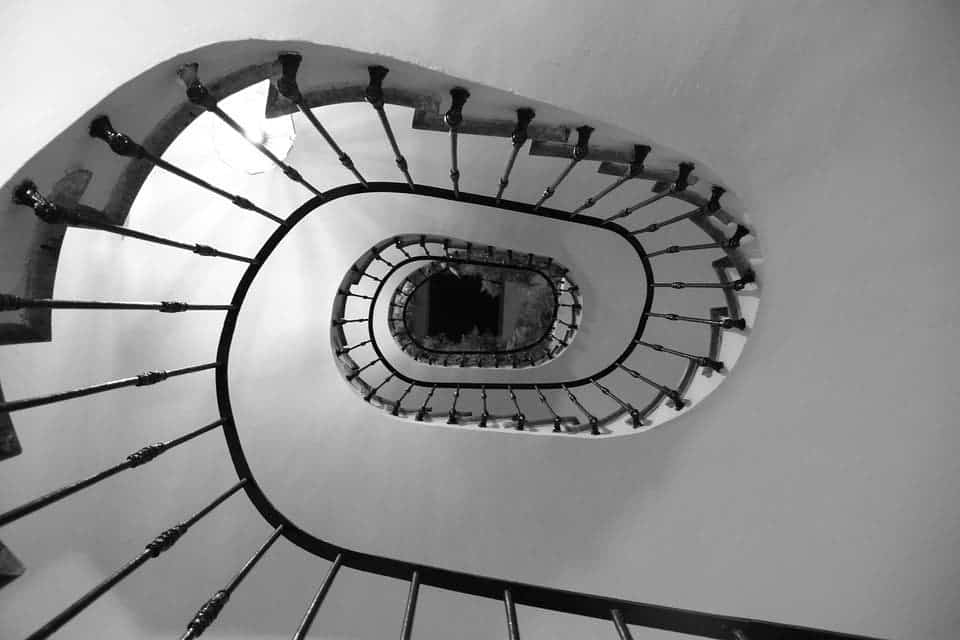
What is Vertigo
A lot of people mistakenly say “vertigo” when they mean fear of heights — that’s acrophobia — or simple dizziness. Medically, however, vertigo is strictly the false sensation of movement.
What causes Vertigo
Because vertigo is a symptom and not a condition itself, usually there’s a medical condition of some sort that causes vertigo. Sometimes the cause can be unknown.
The brain is the central processing center for all balance information coming from the senses and for all information going out to the muscles of balance. Input comes from three main areas: vision, the balance portion of the inner ear, and the touch (from the feet and joints).
By far, the most common cause of vertigo is infection or inflammation of the inner ear (labyrinthitis or vestibular neuritis). Half of the inner ear is used for hearing (the cochlea) and the other half is used for balance (the labyrinth). If the labyrinth or the nerve that connects it to the brain is working poorly in some way, a person can get dizzy. Many medical conditions can occur in the inner ear to cause dizziness, including Meniere’s syndrome, labyrinthitis, positional vertigo, and vestibular neuritis, migraine and tumors of the inner ear nerves.

Types of Vertigo
The most common type of vertigo is benign paroxysmal positional vertigo (BPPV) which is caused by tiny fragments of debris in the inner ear.
The debris that causes BPPV is usually calcium build-ups in the inner ear canal which cause brief bouts of dizziness lasting 20 seconds to one minute. Trauma like a blow to the head or even moving/tilting the head in certain positions can trigger BPPV. The symptoms of BPPV can be irregular — episodes can disappear and then come back later.
Vestibular neuritis is caused by an inner ear infection around the nerves that help the body keep its balance. This condition is more serious since vertigo can last a day or more and is sometimes joined by hearing loss. About 95 percent of patients make a full recovery.
Meniere’s disease is caused by fluid buildup in the inner ear. Patients will feel ringing in the ears and possibly hearing loss, along with dizziness.
Problems in the brainstem, the part of the brain where the body’s balance is located, can also result in vertigo.
Other causes of vertigo include:
- A stroke.
- Migraine.
- Multiple sclerosis.
- A growth in the brain (acoustic neuroma).
- Double vision (diplopia).
- Drinking too much alcohol.
- A sudden drop in blood pressure.
- Motion Sickness
- Dehydration.
Treatments for Vertigo
Vertigo can be a once-in-a-lifetime thing that comes and goes quickly, and should not normally be cause for alarm. For most people, it just happens, though the elderly are disproportionately affected. About 30 percent of people over 60 years old have problems with vertigo.
However, if a person suffers repeated bouts of dizziness than seeing a physician is required. An ear, nose and throat specialist is recommended in order to seek appropriate treatment.
Vertigo is diagnosed by a medical history and physical exam. CT scans, blood tests, magnetic resonance imaging (MRI), and electrocardiogram (ECG) may also be performed depending on the suspected cause.
Your doctor will prescribe treatment for vertigo depending on what caused it. For instance, an ear infection will warrant antibiotics. If a person has Meniere’s disease, a doctor might prescribe a low-sodium diet and a diuretic to decrease fluid pressure in the inner ear. Other prescription medications for repeated vertigo include calcium channel blockers, beta blockers, and tricyclic antidepressants. In the case of BPPV, a common treatment is the canalith repositioning procedure, which involves moving troublesome crystals that have been dislodged.
Typically, vertigo is not that much of a life problem, unless you have Meniere’s and you want to be a bus driver or pilot. That’s not to say vertigo is harmless either. Falls, often caused by dizziness, is the leading cause of accidental death in people older than 65.



